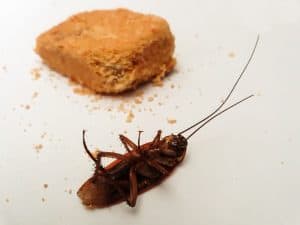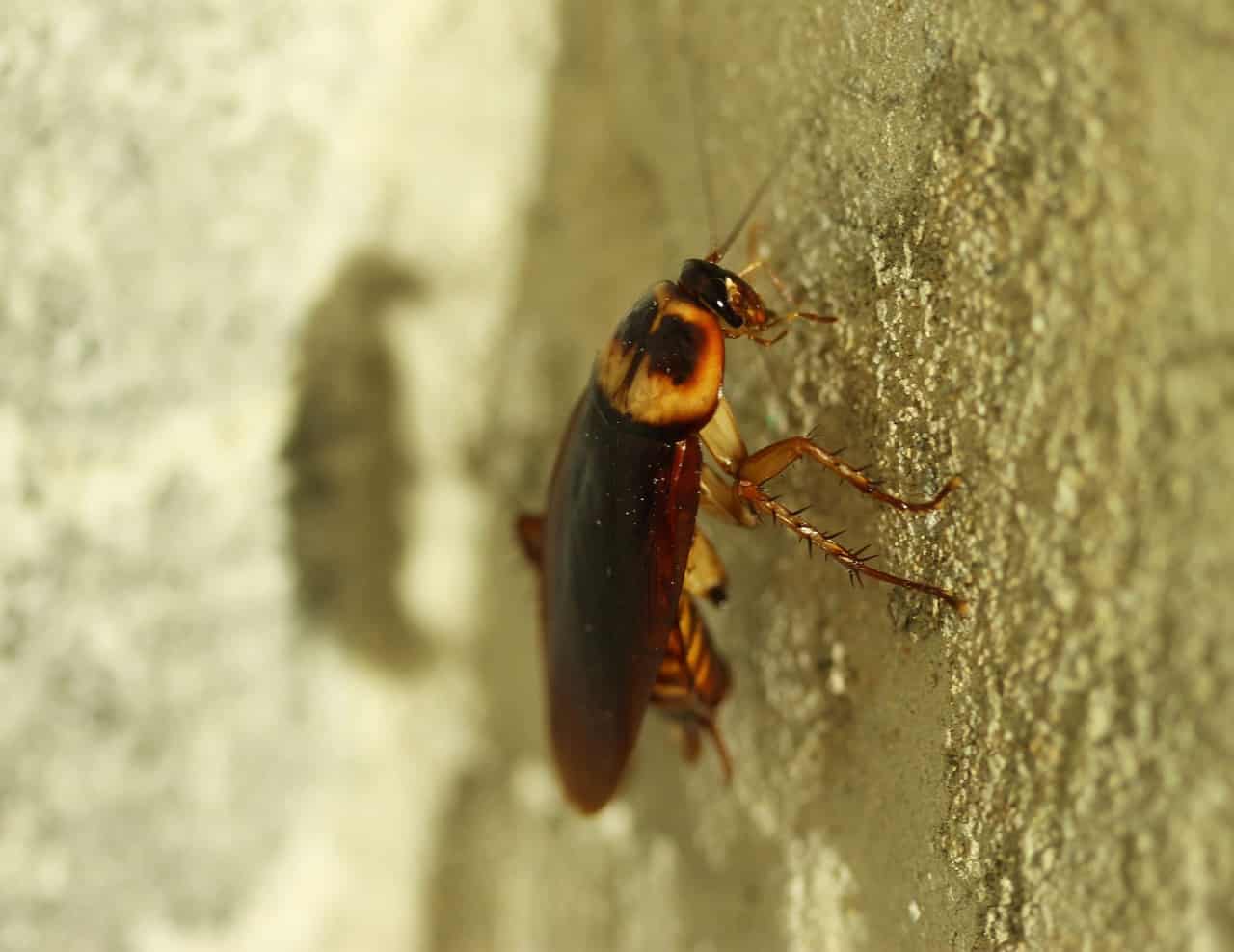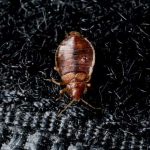Asthma (Greek for “panting”) is a common chronic recurring inflammatory disease of the airways characterized by inflammation of the bronchial tubes and bronchospasm. People with asthma experience symptoms when their airways tighten, inflame, or fill with mucus. Common asthma symptoms include coughing (especially at night), wheezing, chest tightness, or pressure, and shortness of breath.
Asthma is a serious, sometimes life-threatening disease. Unfortunately, it directly affects the quality of life for almost millions, including children. Millions more are impacted as family members of persons with asthma.
While some people are born with the tendency to have allergic responses, others acquire the tendency as they grow older. However, this predisposition to allergic reactions is only half the story in regard to asthma. The other half involves exposure to triggers that can elicit an allergic reaction.
When most people think of allergy and “asthma triggers,” they often focus on plant pollens, dust, animal dander and stinging insects. However, one of the most common household pests – the cockroach – is one of the biggest offenders as a trigger of allergies and asthma.

This is especially concerning given the reports that a high percentage of urban homes have cockroaches. Asthmatic children exposed to cockroach allergens are more likely to experience wheezing, sleepless nights, unscheduled medical visits and hospitalizations for asthma, as well as increased school absences.
Whether alive or dead, the cockroach presents a major problem to those who are sensitive to allergens. Their saliva, feces, urine, as well as decomposing bodies, all become part of the house dust causing allergic reactions. Therefore, if a person’s immune system develops allergic reactions to cockroach debris, it is essential that they take measures to keep their home free of cockroaches. Even spotting just a few cockroaches may be an ominous sign, as it is estimated that one visible roach represents a population of a hundred roaches living in the walls!
It’s important for a person suffering from allergy or asthma symptoms to see his or her doctor. A medical professional will be able to test for a cockroach allergy, as well as other common allergens. Although there is no cure for asthma, asthma can be controlled through medical treatment and management of environmental triggers. A doctor may recommend the use of antihistamines and decongestant medications to manage symptoms, and may also prescribe an anti-inflammatory medication and bronchodilators.
However, controlling allergies and asthma is a two-fold process. If a cockroach infestation is suspected, it is advisable to contact a qualified pest control company to inspect the home, identify areas where cockroaches are present, and recommend a course of action to eliminate these environmental triggers.




